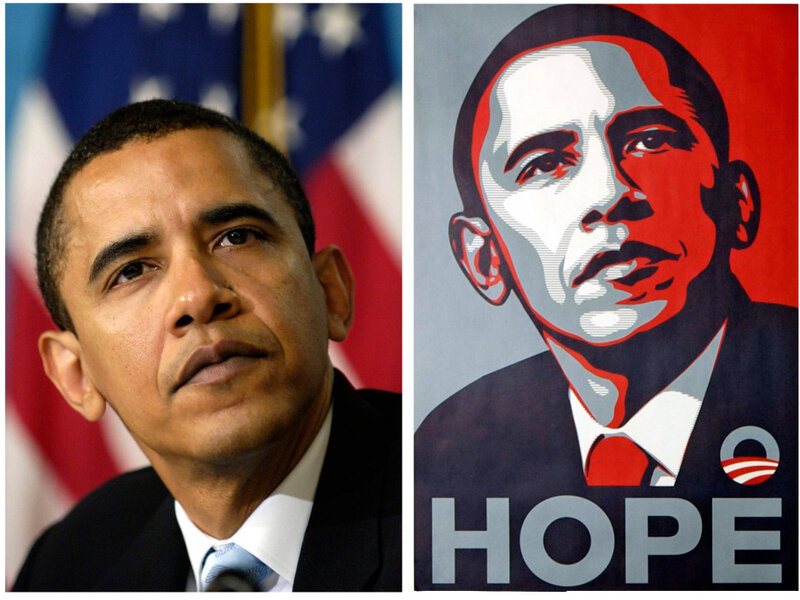
This is a case that we’ve talked about many times in other classes, and it’s really worth learning about copyright and fair use.
In this case, an artist was accused by the Associated Press of using a copyrighted photo to reproduce. Shepard Fairey claimed that he used the photo as a “fair use” visual reference for his own work. But he was later found out that he had lied and that his work was a copyright infringement.
“When a photo is copyrighted, that means that the owner has the right to decide how other people use it. A wire service like The Associated Press makes its money by charging newspapers, magazines, broadcasters, and websites a fee to use its photographs. So AP is very protective about making sure that people are not duplicating or reselling its photos without paying.” – Student Press Law Center
In fact, it is obvious that if you violate copyright, you have to pay the price. This is just like what I said in the last post, copyright is the legal right to protect artists’ creation. Shepard Fairey was sentenced to 300 hours of community service and a $30,000 fine.
Then I also learn what fair use is: (cited from Student Press Law Center)
- Who is the user? A nonprofit, journalistic, or educational use is more likely to be a fair use than a for-profit commercial use.
- What is being used? A highly creative piece of work – like a movie released in theaters – is more likely to be protected than an amateur cell-phone photo of a family pet.
- How much was used? If only a small “sample” is used – 20 seconds of a song, two lines from a poem – then the use is more likely to be fair. The user should use only what is necessary to make the point, and no more.
- How does the use affect the original? If the new user does something that is a substitute for the original – such as uploading five complete songs from a 10-song CD to a website – then the use will not be fair, because the new use will take away listeners (and potential buyers!) from the original.


